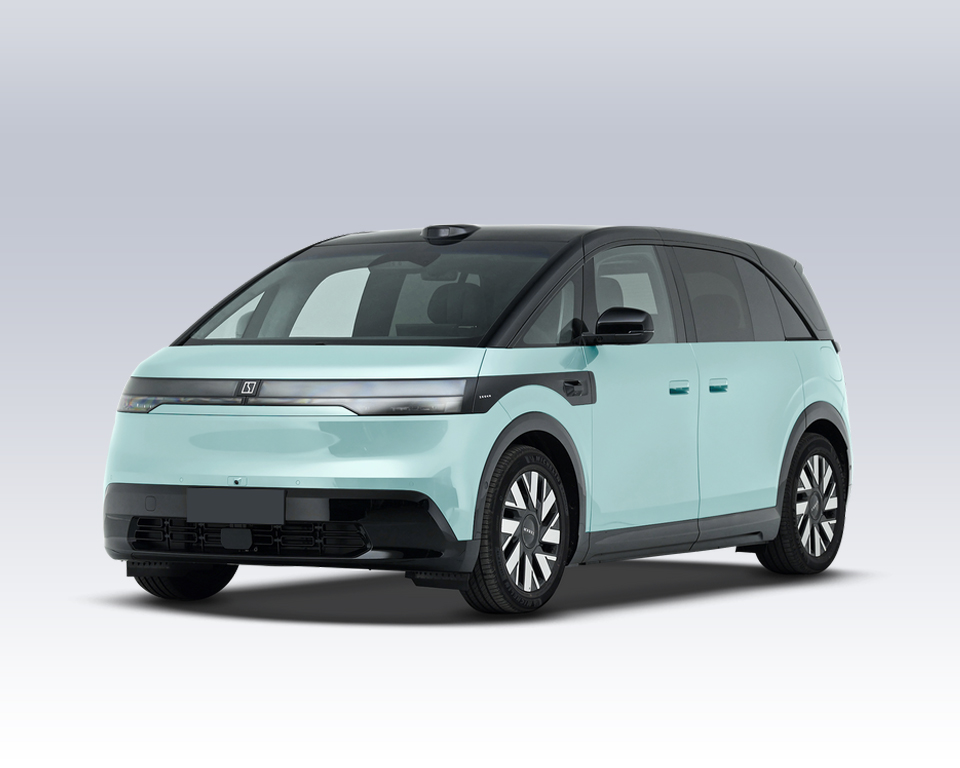Why Are Chinese New Energy Vehicles the Most Affordable in the World?
In the global new energy vehicle (NEV) market, Chinese electric vehicles are renowned for their quality and low prices. The affordability of Chinese NEVs is largely due to significant contributions from independent research, development, and local production. China not only leverages its strong market demand but also relies on deep integration in NEV technology research and a comprehensive supply chain to achieve full cost control from R&D to production. This article explores the primary advantages in Chinese NEV manufacturing to help readers better understand the competitive edge of China’s auto industry.

1. Economies of Scale and a Complete Supply Chain: The Role of Independent R&D and Production
China has the world’s largest NEV production and consumption market. According to 2023 data, Chinese electric vehicle sales have accounted for over 60% of the global total for consecutive years. This extensive market has produced a significant economies-of-scale effect, enabling companies to reduce production costs through large-scale manufacturing. Additionally, China has developed the world’s most comprehensive NEV supply chain, encompassing battery production, vehicle manufacturing, and component supply, largely achieving full localization. This means that Chinese manufacturers can source raw materials and components at lower costs, reducing the dependency on international suppliers and avoiding cost fluctuations.
Table 1: Chinese NEV Sales and Global Market Share (2023)

Technological Advancements in Independent R&D
Over the past decade, China’s investment in NEV R&D has risen sharply. According to data from the Ministry of Industry and Information Technology (MIIT), in 2022 alone, China’s NEV companies invested a total of 140 billion RMB in R&D, nearly double the 70 billion RMB spent in 2017. These investments primarily focus on core areas such as battery technology, electric drive systems, and intelligent connectivity, propelling technological breakthroughs in NEVs.
For instance, BYD’s Blade Battery technology is one of the notable independent R&D achievements. This technology maintains high safety and durability while significantly lowering battery production costs. Compared to traditional NMC (nickel-manganese-cobalt) batteries, the Blade Battery cuts costs by about 30%, directly impacting the overall manufacturing cost and giving BYD a substantial price advantage in the mid- to low-end EV market.
Cost Advantage of Localized Production
Beyond R&D, China has also largely achieved domestic production of NEV components. Key components such as power batteries, electronic control systems, and electric motors are mainly manufactured by local companies. According to the China Association of Automobile Manufacturers, in 2023, the localization rate of NEV components in China reached over 85%, with some models achieving as high as 95% in fully localized production.
This high localization rate significantly reduces reliance on overseas suppliers, mitigating the impact of international raw material price fluctuations. More importantly, as China’s supply chain continues to improve, major NEV manufacturers can procure high-quality components at minimal costs, further driving down the final vehicle price.
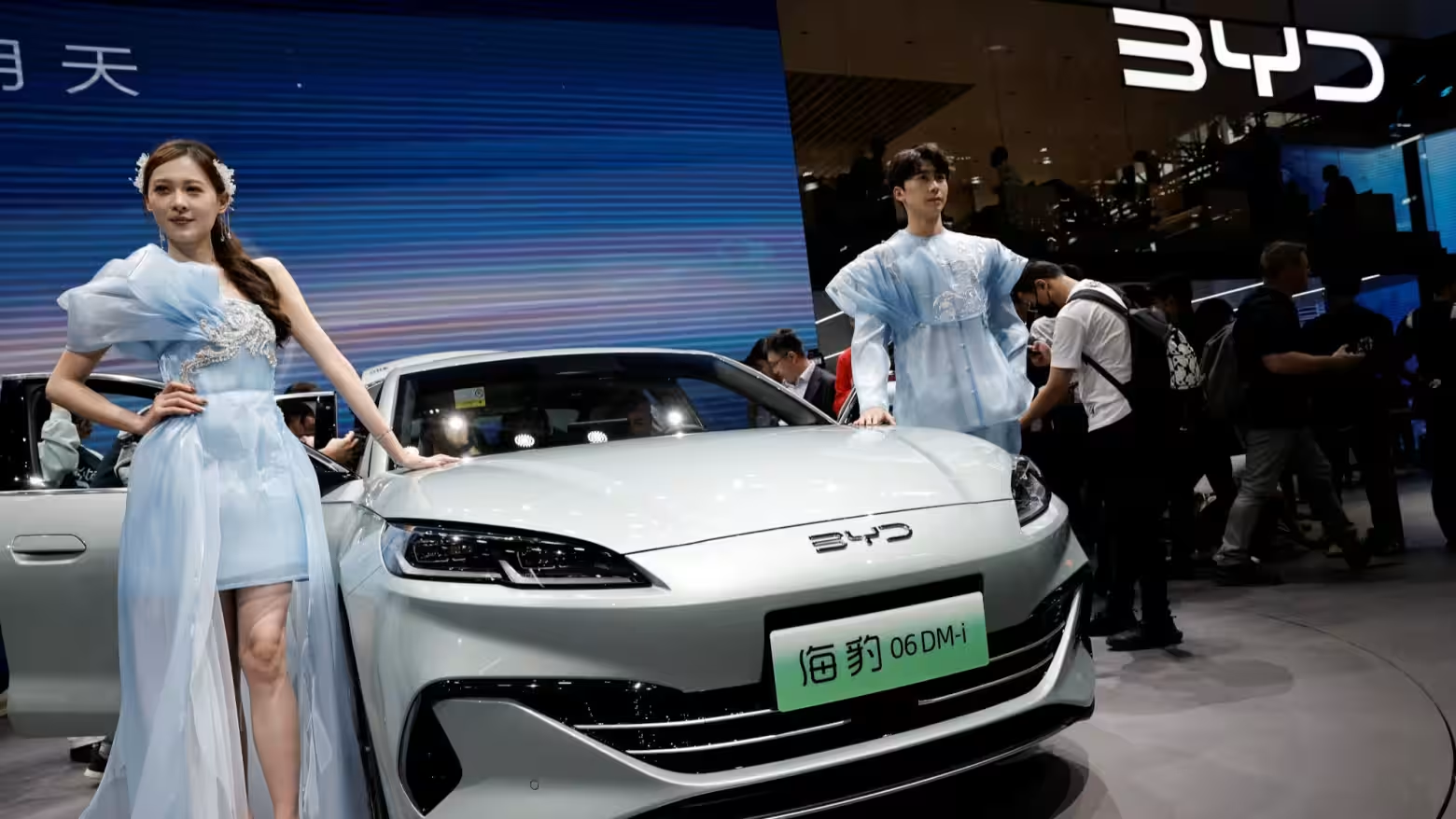
Localized Battery Production
As one of the most critical components in electric vehicles, battery manufacturing in China has reached a globally leading production capacity. According to 2023 global power battery market data, Chinese battery manufacturers like CATL and BYD account for over 60% of the global market share.
Through large-scale domestic production and continuous technological innovation, Chinese companies have successfully reduced the cost of power batteries to below $100 per kilowatt-hour. This cost advantage translates directly into competitive pricing for Chinese NEVs, making them more attractive than EVs in Western markets.
2. Policy Support and Subsidies
The Chinese government has provided robust policy support for the NEV industry. Since 2010, the government has implemented extensive subsidies and tax incentives to promote NEV development, significantly reducing the cost of purchasing NEVs. According to 2023 policy data, consumers purchasing NEVs can receive subsidies of up to 15,000 RMB and are also exempt from purchase taxes.
Furthermore, the Chinese government has strongly promoted the construction of charging stations and other infrastructure to reduce the cost of use for consumers. These policies significantly lower the total cost of ownership for NEVs in China compared to other countries, thereby accelerating the rapid growth of NEV sales in the Chinese market.

3. Lower Labor and Manufacturing Costs
Compared to Europe and the United States, labor costs in China remain relatively low. According to data from the World Bank, the average manufacturing labor cost in China in 2022 was around $5 per hour, whereas labor costs in the U.S. and Europe were approximately $25-$30 per hour. With electric vehicles requiring simpler assembly processes than traditional internal combustion vehicles, this labor cost advantage is even more pronounced in the EV sector. For instance, electric vehicles lack the complex engines and transmissions found in traditional cars, making assembly more straightforward and less time-consuming. This allows Chinese automakers to complete vehicle production and assembly at lower costs, thereby reducing the final sales price.
Additionally, China has abundant raw material resources, especially for key minerals required for battery manufacturing, such as lithium and nickel. Chinese companies have secured favorable procurement conditions through local mining and long-term international partnerships, significantly lowering the raw material costs for battery production.

4. Cost Reductions from Component Sharing and Collaborative Efficiencies
Besides lower labor costs, component sharing between automakers is another critical factor. Component sharing and collaborative production generate economies of scale, significantly reducing the production and procurement costs of parts, thus lowering overall vehicle costs and strengthening the price competitiveness of Chinese NEVs.
Collaborative Efficiency of Component Sharing
In China, many NEV manufacturers reduce costs by sharing component platforms, especially for standardized designs in power systems and chassis modules. For example, companies like BYD and Geely have established shared platforms for battery packs, electric drive systems, and chassis design. This approach not only reduces R&D costs for new models but also substantially cuts the cost of manufacturing and assembling components.
Shared and standardized platforms enable automakers to mass-produce, procure, and use the same components, enhancing production efficiency. For instance, BYD’s “e-platform 3.0” allows modular design of essential parts such as power batteries, motors, and electronic control systems, shortening new model development cycles by 30%-50% and reducing component costs per vehicle by 10%-15%.
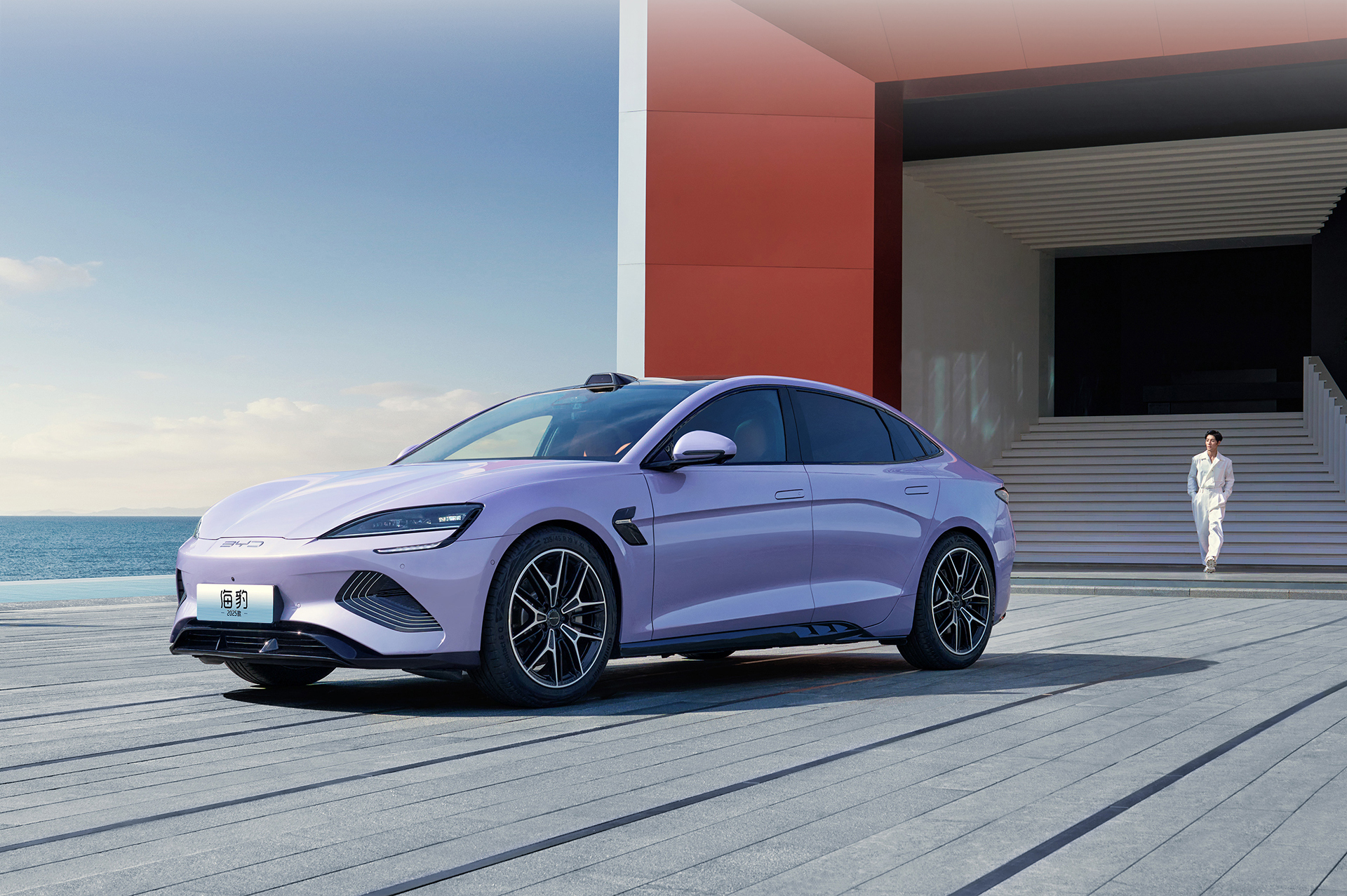
Collaborative Procurement in the Supply Chain
Chinese NEV manufacturers have also established powerful collaborative procurement mechanisms. To further reduce costs, many companies adopt joint procurement strategies, where several automakers purchase parts collectively from suppliers to secure lower prices. For example, Nio and Xpeng have formed long-term partnerships with battery suppliers like CATL and Farasis, utilizing standardized battery specifications to minimize intermediary costs and gain significant discounts on battery prices.
According to a study by McKinsey, collaborative procurement enables Chinese automakers to achieve 8%-12% discounts on essential components like power batteries and electronic control systems. This collaborative effect extends beyond power systems to shared procurement of intelligent driving systems, onboard chips, and more, effectively reducing the overall manufacturing costs for the vehicle.
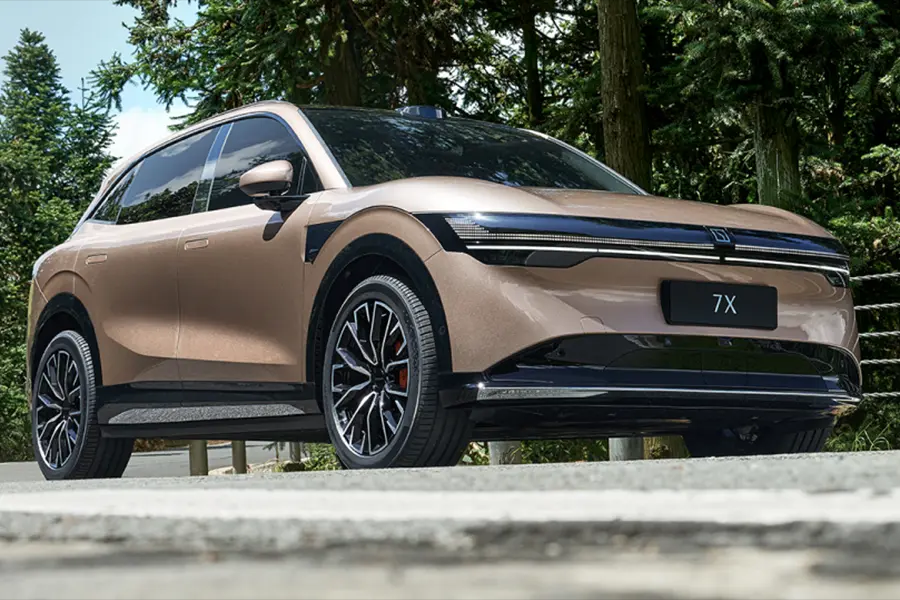
Cost Benefits of Modular Production and Component Standardization
Chinese NEV manufacturers also widely adopt modular production and component standardization to further compress costs. Modular production enables automakers to manufacture different models of electric vehicles on the same production line, improving production efficiency. For example, GAC Aion’s electric vehicles are built on a standardized modular design platform, allowing flexible production of different models on the same line. This approach not only reduces factory modification costs but also minimizes downtime costs from production line transitions.
Table 2: Impact of Modular Design on Component Production Costs

Strong Competition and Advances Among Local Brands
The Chinese market is also highly competitive, with numerous NEV brands competing intensely. Automakers continually compress profit margins and enhance the price-performance ratio of their products to gain market share. This fierce competition not only drives prices down but also stimulates rapid technological advancements. Chinese NEV brands like BYD, Nio, and Xpeng have made significant strides in areas such as power batteries and intelligent systems through continuous innovation and improvement.
5. Strategic Pricing for Export Markets
As Chinese NEVs expand into overseas markets, Chinese companies employ strategic pricing tactics. For example, as Chinese NEVs penetrate the European and Southeast Asian markets, many brands adopt low-price strategies to capture market share. In 2023, a mainstream model exported by BYD to Europe was priced 15%-20% lower than local brands, increasing product appeal and further solidifying China’s reputation for affordable NEVs globally.
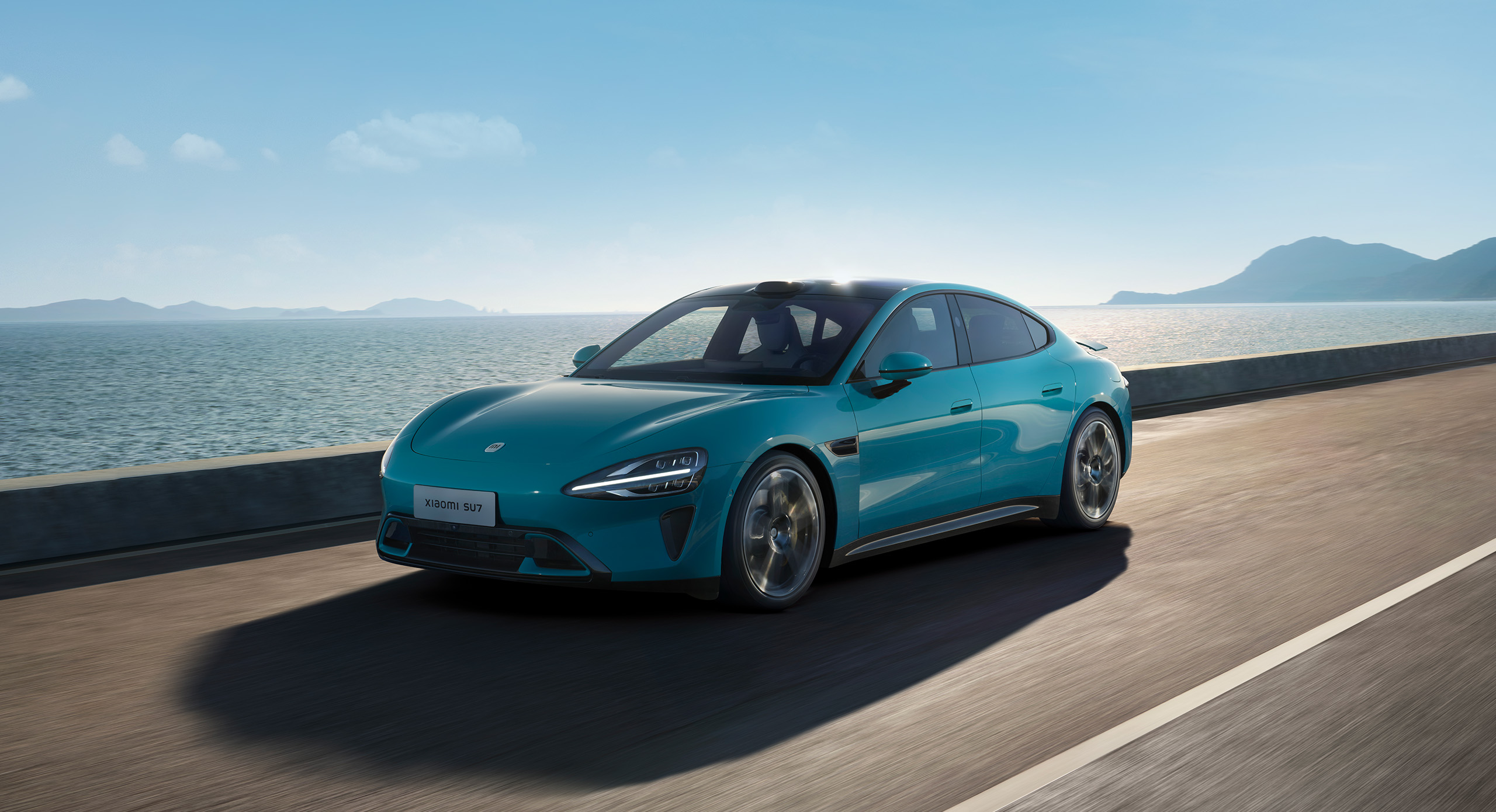
The cost advantage of Chinese NEVs stems not only from market scale and policy support but also from autonomous R&D in core technologies and localized production across the supply chain. Through component sharing, collaborative procurement, and modular production, China has compressed production and assembly costs to the lowest levels globally. This end-to-end control, from technology R&D to mass production, allows Chinese companies to effectively lower manufacturing costs, enabling them to launch NEVs globally at highly competitive prices. In the future, as technology advances and international market expansion continues, Chinese NEVs are expected to maintain their competitive edge worldwide.



